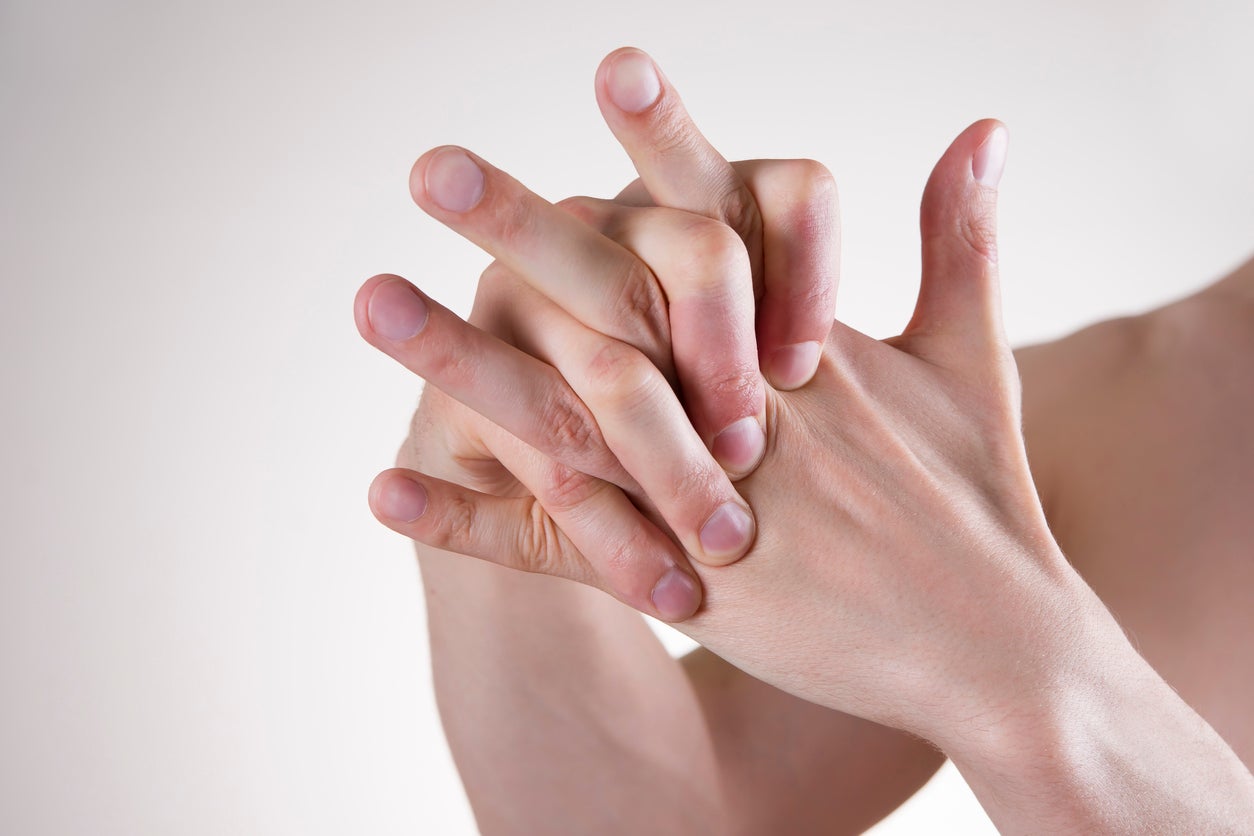Why do cracking knuckles make a popping sound?
There’s a reason why our knuckles snap, crackle and pop

For those of us who crack our knuckles on a daily basis, hearing those finger joints pop is oddly one of the most satisfying sounds ever.
Even the popularised old wives’ tale that cracking your knuckles can cause arthritis in later years hasn’t deterred avid crackers from carrying on as they were.
However, the source of that noise has been hotly debated for many years.
In 1971, a team of researchers from the University of Leeds hypothesised that the formation of bubbles in the fluid of the joints caused the commonly known cracking sound.
However, further research decades later supposedly debunked this theory, as it was discovered that bubbles still remained in the joint fluid after the knuckles had been cracked.
Vineeth Chandran Suja and Abdul Barakat decided to create a mathematical model in an attempt to figure out once and for all where the cracking sound comes from.
In a study described in Scientific Reports, it is explained how Suja and Barakat used both a geometrical representation of the knuckle joint in addition to mathematical equations in order to deduce how the noise is produced.
They concluded that when the knuckles are cracked, tiny bubbles in the joint fluid are collapsed due to the variations of pressure in the fluid.
This chain of events leads to the cracking sound that we’ve all come to know so well, proving the theory put forward by the University of Leeds researchers.
However, Suja and Barakat have taken their research further than the team did in the 1970s.
Their mathematical model insinuates that the bubbles only have to collapse partially in order to create a popping noise.
Therefore, the fact that there are still microbubbles present in the joint fluid after knuckle cracking has taken place is inconsequential.
The authors demonstrated how the pressure omitted by the collapsing bubbles in the knuckle joints produces acoustic waves that can be calculated by their mathematical model.
Their research implies that not only can the sound of knuckles cracking be distinguished by their mathematical model, but also that the collapse of bubbles is very likely to result in that equally pleasurable and annoying popping sound.
Subscribe to Independent Premium to bookmark this article
Want to bookmark your favourite articles and stories to read or reference later? Start your Independent Premium subscription today.

Join our commenting forum
Join thought-provoking conversations, follow other Independent readers and see their replies